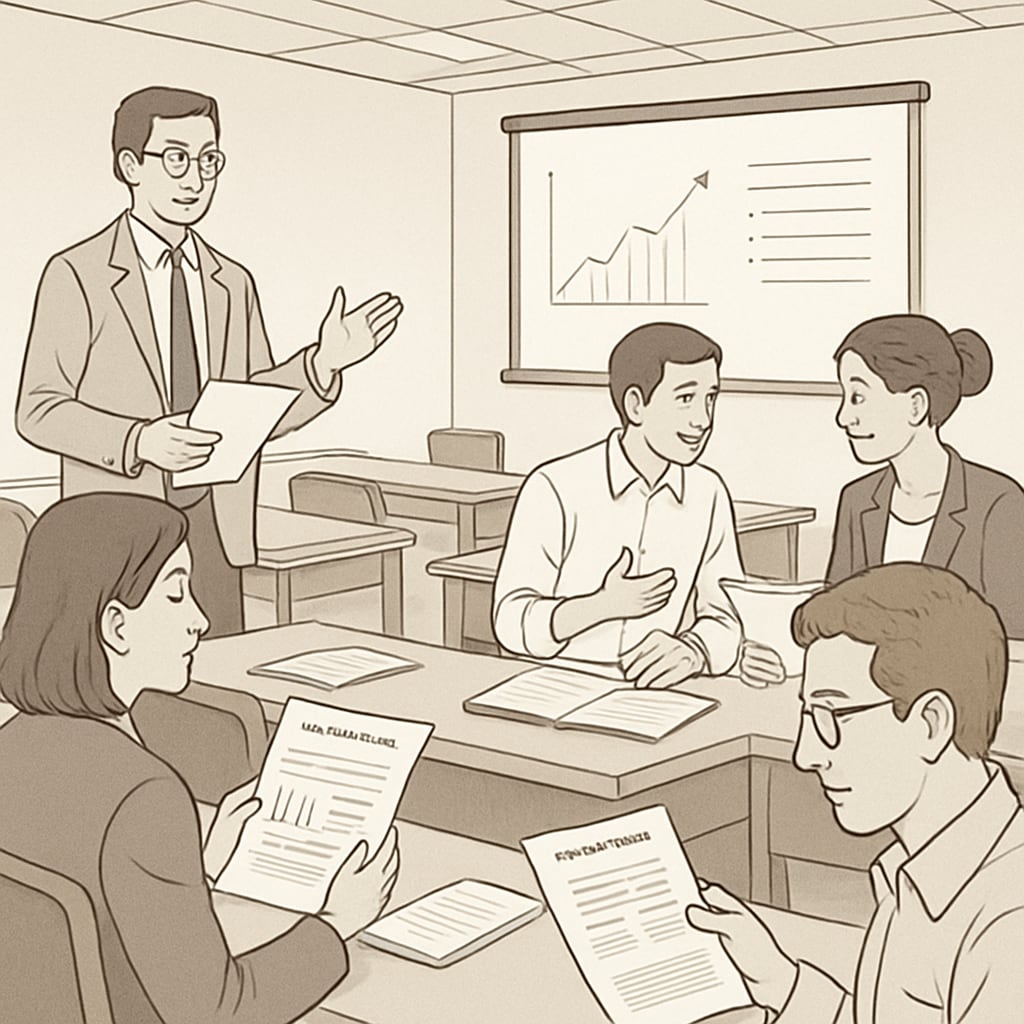The American Educational Research Association (AERA) Annual Meeting is one of the most prestigious academic conferences in the field of education, attracting researchers from around the globe. For K12 education researchers, navigating the submission process and understanding the paper acceptance rates can be challenging yet rewarding. This article explores the nuances of AERA’s acceptance mechanisms and provides actionable strategies to improve your chances of successfully presenting your work. Whether you are a seasoned researcher or new to academic publishing, mastering these steps can help you stand out in this competitive arena.
Understanding the AERA Annual Meeting’s Paper Acceptance Process
The AERA Annual Meeting is renowned for its rigorous peer-review process, which ensures that only high-quality, impactful research is showcased. Papers submitted to the conference undergo multiple rounds of evaluation, focusing on originality, relevance, and methodological rigor. With thousands of submissions annually, the acceptance rates typically vary between 20% and 30%, depending on the specific division or special interest group (SIG). This competitive environment highlights the importance of thoroughly preparing your submission.

To maximize your chances of acceptance, it is crucial to align your research with the themes and priorities of the conference. Review the call for proposals carefully, as each year’s meeting emphasizes specific topics within education research. Tailoring your paper to address those themes demonstrates your awareness of current trends and increases its relevance to AERA reviewers.
Strategies for Crafting a Compelling Paper
Creating a strong submission requires attention to detail and strategic planning. Below are key strategies to enhance your paper and its chances of acceptance:
- Focus on originality: Ensure your research introduces novel insights or perspectives within K12 education. Unique contributions often stand out in the review process.
- Emphasize methodological rigor: Clearly explain your research design, data collection methods, and analytical approach. Robust methodology builds credibility and trust with reviewers.
- Relevance to the theme: Highlight how your study addresses current issues or trends in education. Linking your work to broader themes strengthens its appeal.
- Concise abstracts: Your abstract is your first impression—make it concise, yet informative, capturing the essence of your research.
- Seek feedback: Before submission, ask colleagues or mentors to review your paper and provide constructive criticism. Refining your work based on feedback can significantly enhance its quality.

Tips for Navigating Submission Logistics
While crafting a high-quality paper is essential, understanding the logistical aspects of submission is equally important. AERA’s submission system is detailed, requiring strict adherence to formatting guidelines and deadlines. Here are practical tips:
- Review submission guidelines: Carefully read the instructions provided by AERA, including word limits, formatting requirements, and file types.
- Plan ahead: Start early to avoid last-minute stress. Allocate time for revisions and technical checks.
- Join a SIG: Special Interest Groups (SIGs) often focus on specific topics within education research. Submitting to a SIG aligned with your study can increase your chances of acceptance.
- Professional proofreading: Ensure your paper is free from grammatical errors and typos. A polished submission reflects professionalism.
By following these guidelines, you can navigate the submission process confidently and improve your chances of having your work accepted at the AERA Annual Meeting.
Why Presenting at AERA Matters
Being accepted to present at AERA is a significant milestone in the career of any education researcher. It provides unparalleled opportunities for networking, collaboration, and visibility. Presenting your work to an audience of peers and experts not only validates your research but also opens doors to potential partnerships and future projects.
Additionally, the feedback you receive during your presentation can help refine your research and shape it for publication in academic journals. AERA is more than just a conference—it’s a platform to establish yourself as a thought leader in education research.
In conclusion, while the competitive acceptance rates of the AERA Annual Meeting may seem daunting, thorough preparation, strategic alignment, and attention to detail can significantly enhance your chances. For K12 education researchers aiming to make an impact, this conference remains an invaluable opportunity to share groundbreaking ideas and contribute to the advancement of the field.
Readability guidance: Maintain short paragraphs and use lists for clear communication. Incorporate transition words to ensure a smooth reading experience. Avoid excessive passive voice and ensure a balanced sentence length for accessibility.


